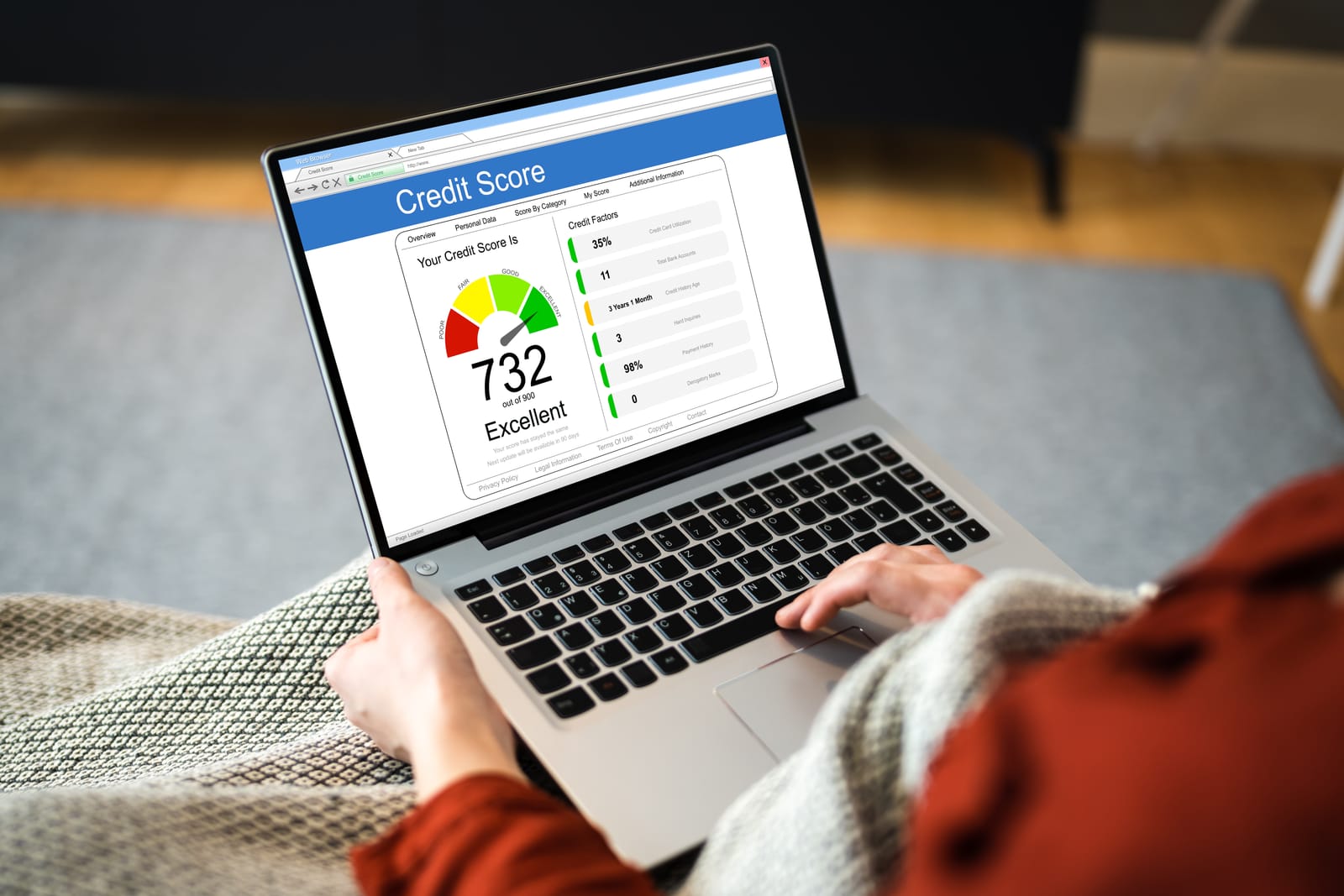It’s one of the most important numbers in your financial life, yet for many Canadians, it’s a complete mystery. It’s a three-digit score that can influence your ability to get a credit card, rent an apartment, secure a car loan, or even get a mortgage for your first home.
We’re talking about your credit score.
For too long, this number has been a source of anxiety and confusion. But it doesn’t have to be. Your credit score isn’t a grade on your character; it’s simply a snapshot of your financial habits. By understanding the rules of the game, you can take control of this number and use it to build a stronger financial future.
This is the full story of what your credit score is, how it’s calculated, and the simple steps you can take to check and improve it.
Part 1: The Full Story – What Exactly is a Credit Score?
A credit score is a number, typically between 300 and 900, that represents your creditworthiness at a single point in time. Lenders use this score to quickly assess the risk of lending you money. A higher score means you’re seen as a lower risk, which can lead to better interest rates and more financial opportunities.
This score is generated by two major, private companies in Canada: Equifax and TransUnion. These companies, known as credit bureaus, collect information from lenders about your financial history. This detailed history is compiled into your credit report, and your credit score is the summary of that report. The Financial Consumer Agency of Canada’s guide to credit reports provides a great government overview.
Part 2: How Your Score is Calculated – The Five Key Ingredients
While the exact formula is a trade secret, the credit bureaus are transparent about the five main factors that determine your score. Understanding them is the key to improving your number.
- Payment History (~35% of your score): This is the single most important factor. A consistent history of paying all your bills—credit cards, lines of credit, car loans—on time will have the biggest positive impact on your score. Late payments, even by a few days, can have a significant negative effect.
- Credit Utilization (~30%): This is a crucial but often misunderstood concept. It’s the amount of credit you are currently using compared to the total amount of credit you have available. For example, if you have a credit card with a $10,000 limit and a $5,000 balance, your utilization is 50%. Lenders like to see a low utilization rate, ideally below 30%. High balances can signal to lenders that you are overextended.
- Length of Credit History (~15%): A longer history of responsible credit use is better. This is why financial experts often advise against closing your oldest credit card, even if you don’t use it often. That long history is valuable.
- Credit Mix (~10%): Lenders like to see that you can responsibly manage different types of credit. A healthy mix might include “revolving credit” (like credit cards) and “installment loans” (like a car loan or a mortgage).
- New Credit Inquiries (~10%): When you apply for a new credit card, loan, or mortgage, it creates a “hard inquiry” on your report. A few inquiries are normal, but applying for a lot of new credit in a short period can temporarily lower your score, as it may suggest you are in financial difficulty.
Part 3: A Simple Guide – How to Check and Improve Your Score
Knowledge is power. The first step to a better score is knowing where you stand.
- How to Check Your Score for Free: You have the right to request a free copy of your credit report by mail from both major bureaus. Additionally, many Canadian banks and online financial services (like Credit Karma or Borrowell) now offer free, instant access to your credit score and report through their apps and websites.
- The Official Sources: You can get your report directly from Equifax Canada and TransUnion Canada.
Simple Steps to Improve Your Score:
- Pay every single bill on time. Set up automatic payments to avoid ever missing a due date.
- Keep your credit card balances low. Aim to use less than 30% of your available credit limit.
- Don’t close your oldest credit card. Keep that long history working for you.
- Apply for new credit sparingly. Only apply for credit that you actually need.
- Regularly check your credit report for errors. Mistakes can happen. If you see an account that isn’t yours or an incorrect late payment, dispute it with the credit bureau immediately.
Conclusion
Your credit score is one of the most powerful tools in your financial toolkit. By understanding the simple habits that build it, you can move from a place of confusion and anxiety to a position of control. A good score is not a goal in itself, but a key that can unlock a more secure and affordable financial future.

